(CLO) In order to solve the pollution and overcrowding problem at Mount Fuji, Japanese authorities are preparing to propose building a railless tram system, using rubber tires and technology developed by Chinese corporation CRRC.
This new plan replaces the previous idea of building a light rail line from the foot of the mountain to the fifth climbing station on the Yoshida Trail, due to concerns about cost and environmental impact from the local authorities involved.
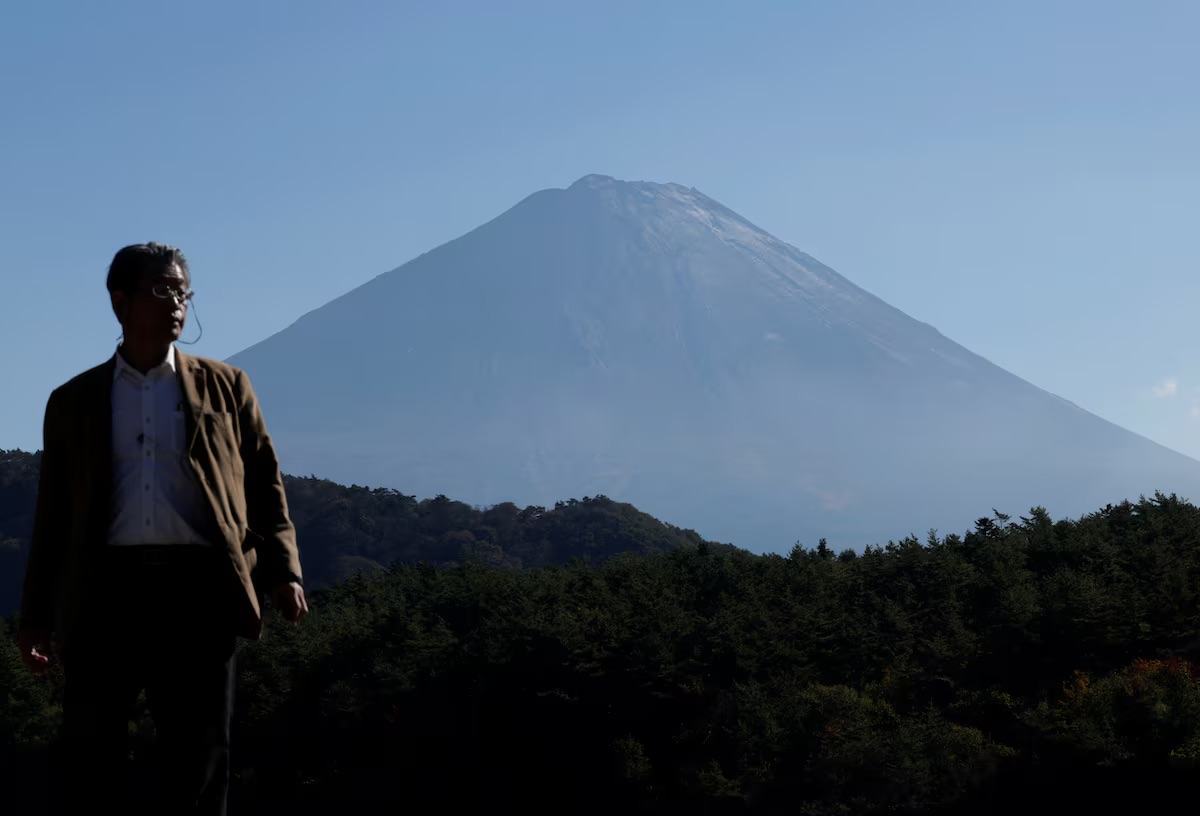
Mount Fuji in Fujikawaguchiko, Yamanashi Prefecture, Japan. Photo: REUTERS/Tom Bateman
Yamanashi, the prefecture that owns the most popular climbing route of the 3,776-meter mountain, is expected to announce the plan in the near future, a source said.
Mount Fuji, Japan’s sacred symbol, attracts millions of visitors each year. However, the constant flow of buses and private cars to the fifth station has caused environmental pollution, along with overcrowding on the mountain’s climbing routes.
Since being recognized as a UNESCO world heritage site in 2013, Mount Fuji has faced demands to minimize negative impacts from the number of tourists, while improving artificial landscapes such as large parking lots near the area.
CRRC's "Autonomous Rapid Transit" (ART) system is a next-generation railless tram that uses magnetic stripes to move and can operate autonomously. Yamanashi's plan calls for the system to be powered by locally produced hydrogen, which would cut costs by up to 40 percent from the original 140 billion yen ($895 million) estimate for the rail system.
The ART system will utilize the existing Fuji Subaru Line, which will ban all private cars and tourist buses from entering the area. The Yamanashi government aims to test the system as early as next fiscal year, starting in April.
In addition to serving Mount Fuji, Yamanashi also plans to develop a railless train network connecting neighboring areas, while integrating with the maglev train system that Central Japan Railway Company (JR Central) plans to build in the 2030s.
During the climbing season from July to September this year, Mount Fuji welcomed 204,316 visitors. The government hopes the new public transportation system will help control the number of visitors, protect the environment and maintain the heritage value.
Hong Hanh (according to Reuters)
Source: https://www.congluan.vn/nhat-ban-len-ke-hoach-xay-dung-he-thong-xe-dien-khong-ray-tai-nui-phu-si-post321697.html


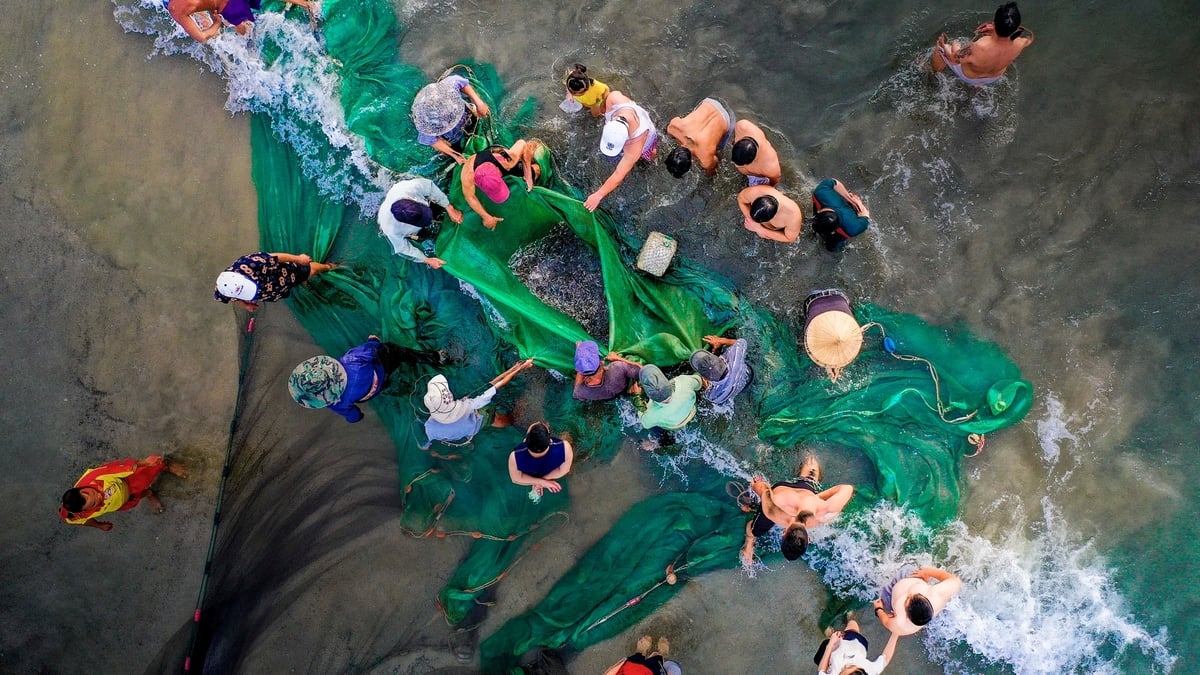


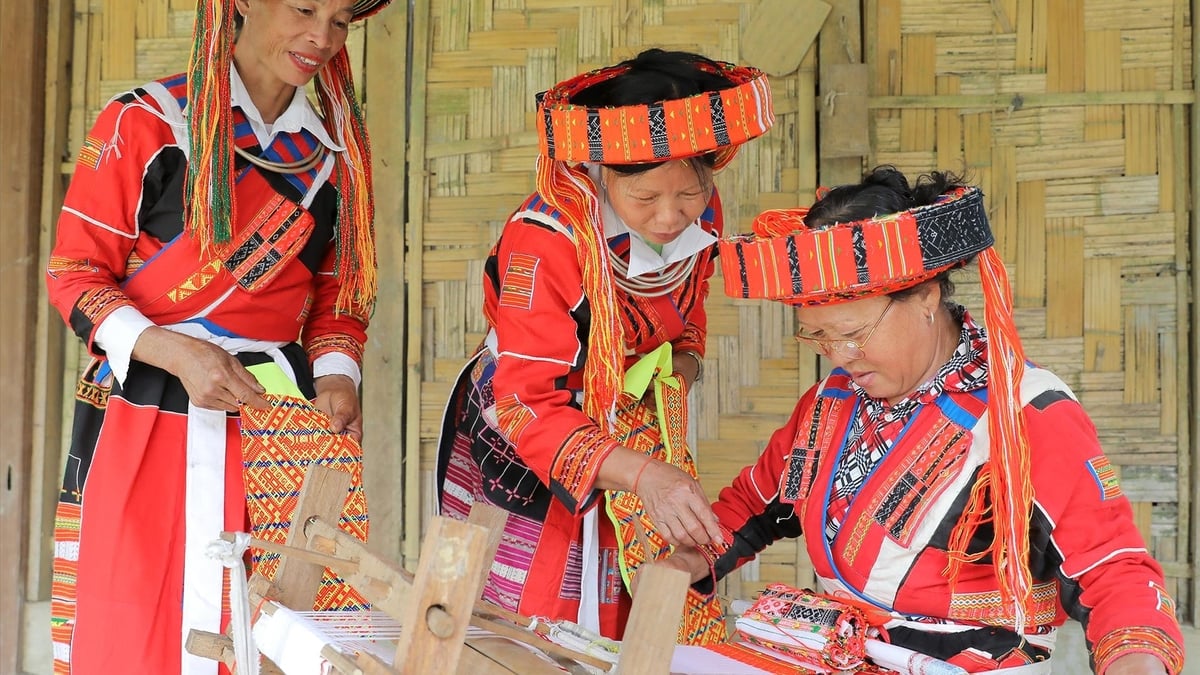
![[Photo] General Secretary To Lam works with the Standing Committee of Quang Binh and Quang Tri Provincial Party Committees](https://vphoto.vietnam.vn/thumb/1200x675/vietnam/resource/IMAGE/2025/6/25/6acdc70e139d44beaef4133fefbe2c7f)
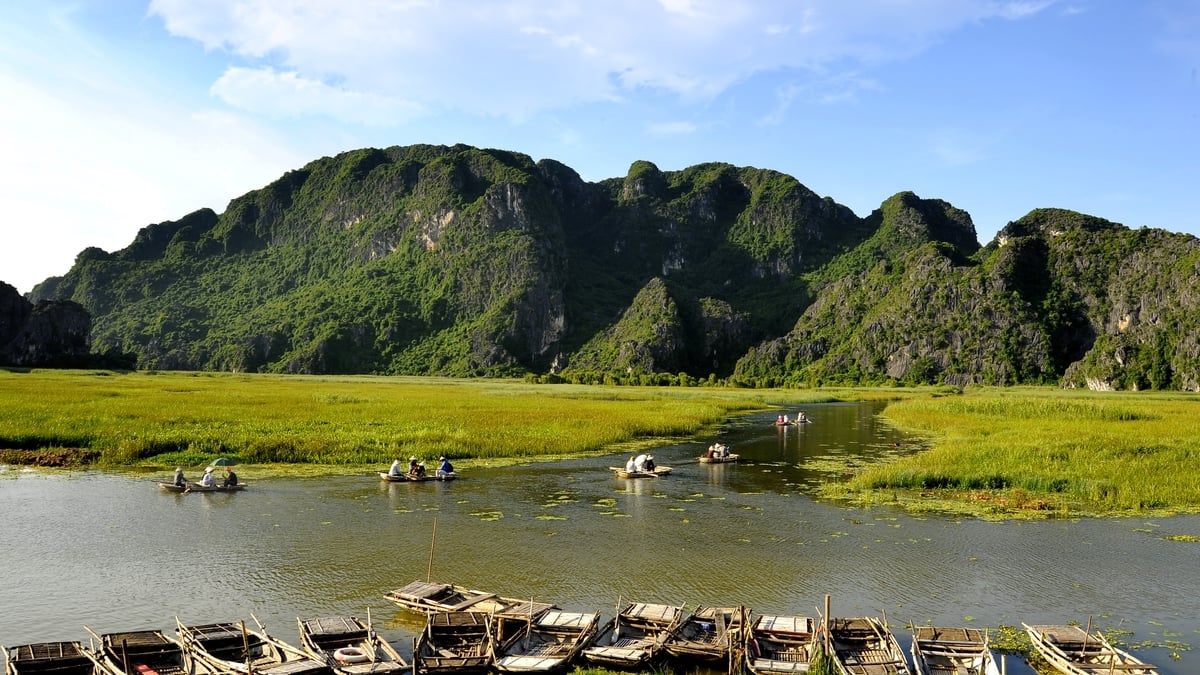
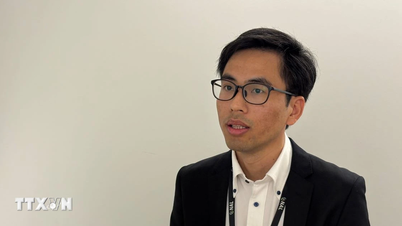





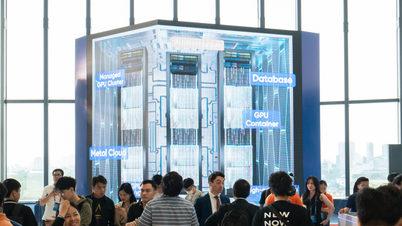


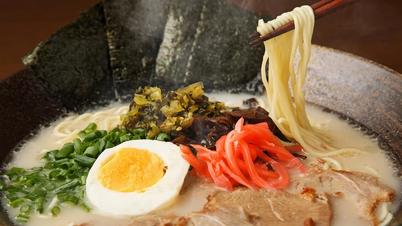














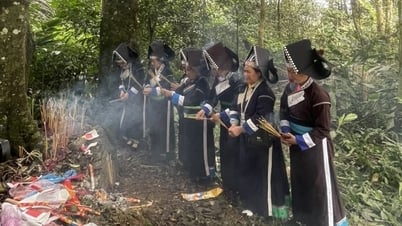
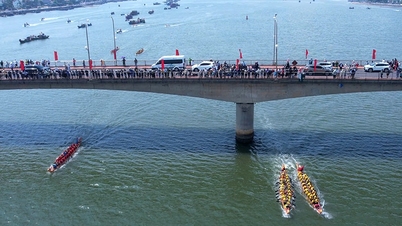
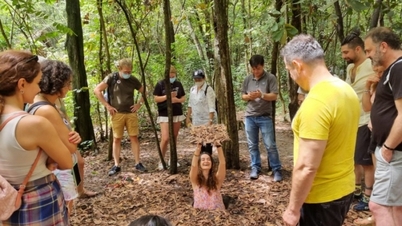


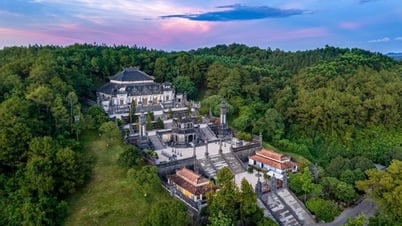
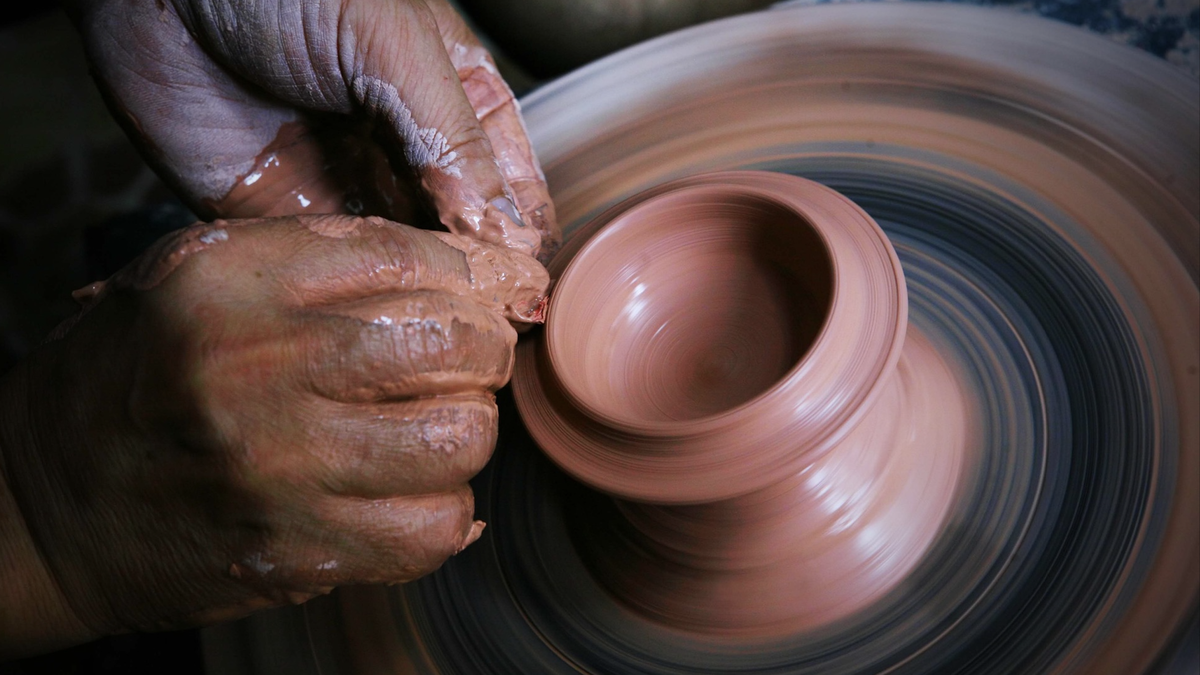





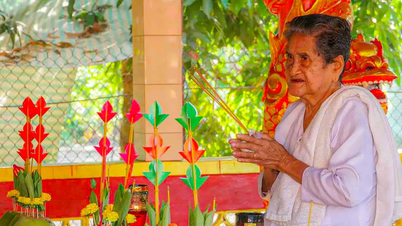



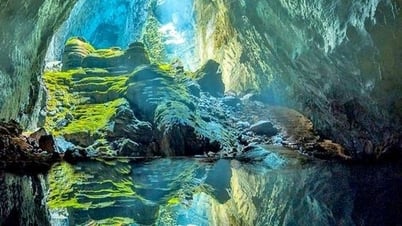



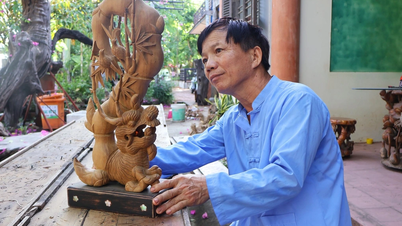






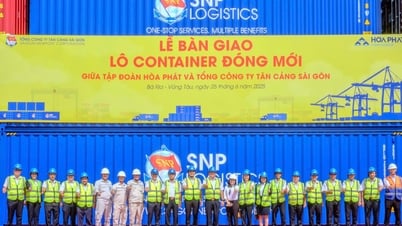



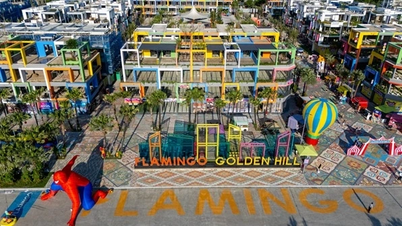





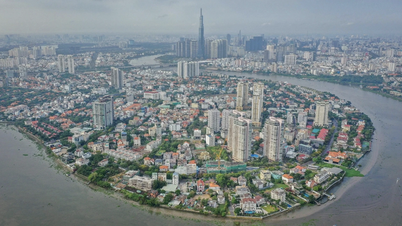
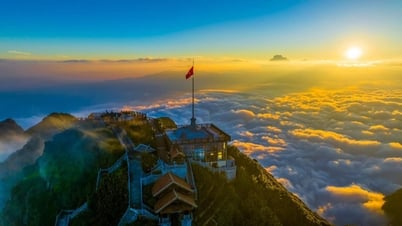




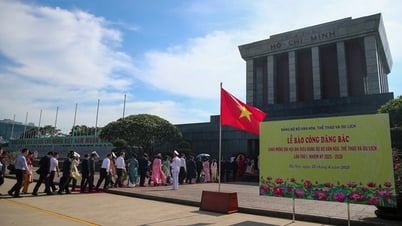

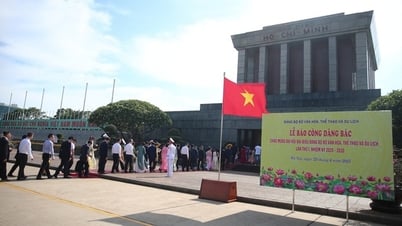
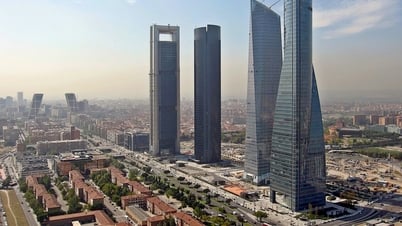

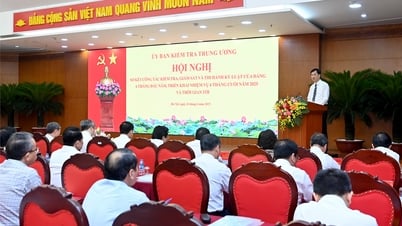

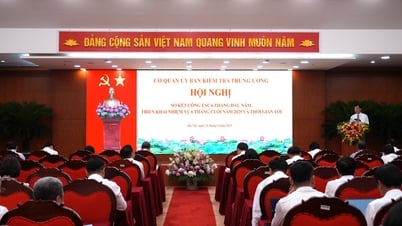





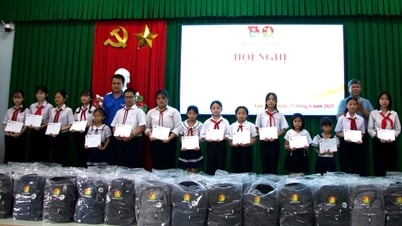
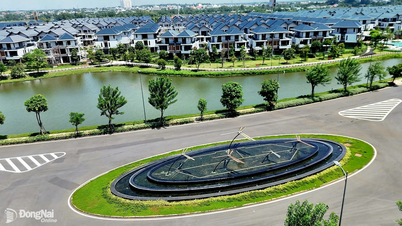
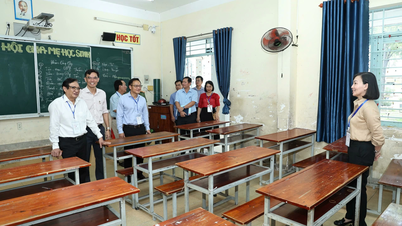
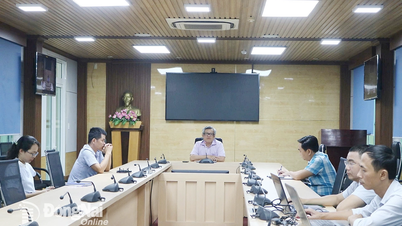















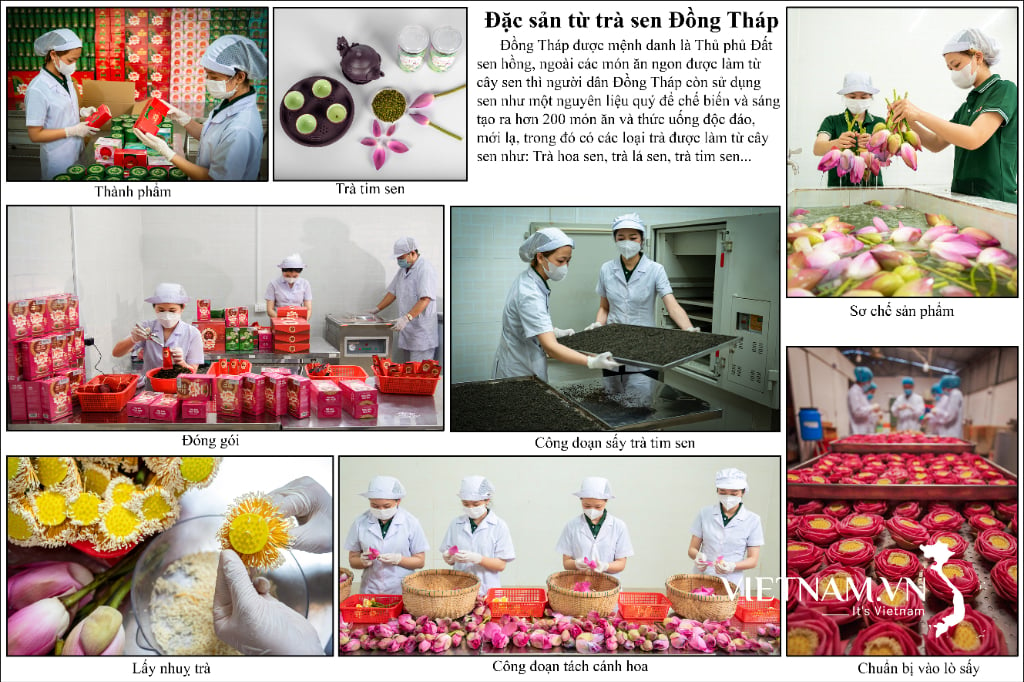
Comment (0)